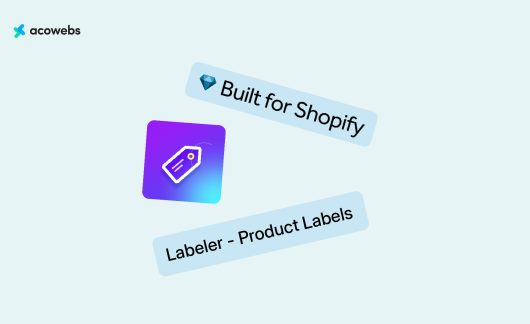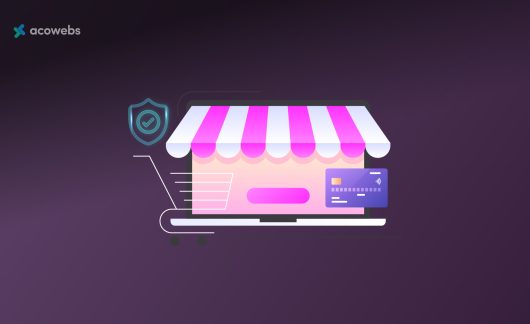There are dozens of reasons why business owners and marketers should embrace gamification as much as gamers do. In a world where the attention span is decreasing constantly and the retention and engagement-crisis keep on increasing, gamification could just be the game-changer.
Gamification is fun, yet it is one of the overlooked marketing strategies that business owners forget to consider. Well-structured gamification could be the “magical wand” when a brand or a business needs to drive traffic, increase sales, motivate employees, collect data or even change behavior.
ALSO READ: Top E-Commerce Marketing Strategies To Boost Your Business
So, What Is Gamification?

Gamification applies game principles such as rewards and achievements in non-game contexts like online shopping, among others to encourage people to take the desired action. The term “gamification” was coined by Nick Pelling in 2002, but this marketing tactic wasn’t popular until 2010.
Over time, it has become an everyday technique that marketers are using, with 93% of business owners claiming they love it already. As challenges such as abandoned carts and customer loyalty keep on rising, this makes perfect sense why any marketer would embrace the idea of gamification.
Games are fun and exciting, and a little fun causes no harm. Here are a few numbers of strategies to introduce games in the buying process for business:
- Reward linked loyalty programs – You can set up a system to collect points accrued after your customers make consecutive purchases. They can later redeem their points in exchange for some goodies.
- Product quizzes – Create fun puzzles about your products on your website. You can then link the puzzles to the products’ catalog or your point’s system to be redeemed at a later date.
- Spin the wheel – Surprisingly, most business owners have set spin and wheel on their websites with wheels of fortune, rewarding people with discounts and freebies. This type of gamification is ideal for getting email IDs from new site visitors then lure them with freebies on your email lists. This is one of the easiest ways to trigger prospects to make their first purchase.
- Fun product recommendations – Create product recommendations and tailor them based on traits, personality type, pets, etc, then link your followers directing them to a product you’re offering. Let them answer a few questions like their gender, age, budget, lifestyle after which the best product suited to them will be displayed.
- Slogan competitions – A small enterprise can hugely benefit from hosting a slogan competition via social media asking your followers to suggest a memorable slogan. Offer an incentive for the one with the one who will come with the best slogan to motivate people to be creative. Such a competition would attract engagement from followers.
- Customer avatars – Allow players to create specialized and unique avatars. Avatars are a detailed profile of your ideal shopper. The avatar doesn’t make assumptions or categorize people into any kind of group, but it focuses on an individual and outlines everything about them. It goes deeper in great depth providing very helpful insights to marketers. For help creating avatars, use the following avatar generators: Avatar maker, Avataaars generator, or Kartunix.
With that in mind, let’s dive into how you can use gamification to boost your sales.
ALSO READ: 7 E-Commerce Call-To-Action You Should Use For Better Conversions
Gamification In Email Marketing
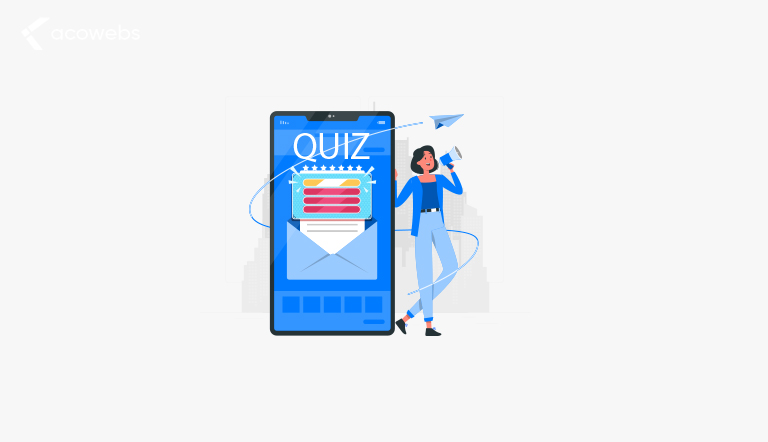
In email marketing, gamification has been one of the least used tactics, yet it can be extremely beneficial to help engage your list of email subscribers, and it doesn’t take much. You would be surprised how much you can achieve by just introducing a simple quiz in exchange for prizes from your online store.
In fact, according to promodo, incorporating gamification in your email marketing can result up to 3 times revenue income and expand your email databases by at least 2.5 times.
In addition, most customers who have played “Roulette”, the game inside the email, ended up purchasing something from a website.
The following are just a few gamification implementations that you could add into your email marketing strategy:
- Expand your list of email subscribers with engaging and interesting elements that will quickly grab their attention and spur them to sign up for your news.
- Provide your email subscribers with rewards to entice them to play. Remember, rewards are a great motivation to make people react and subscribe to your email.
- In your emails, never forget to create a buzz by emphasizing your latest offers, discounts, season sales, free giveaways, etc. For instance, you can set a challenge where customers could win a free giveaway for a certain product.
- Make a fun game that your subscribers would be willing to participate in. By doing this, you’ll encourage more people to take action and increase clicks to your links.
ALSO READ: How To Grow Your WooCommerece Store Email List
Gamification In Ecommerce Applications
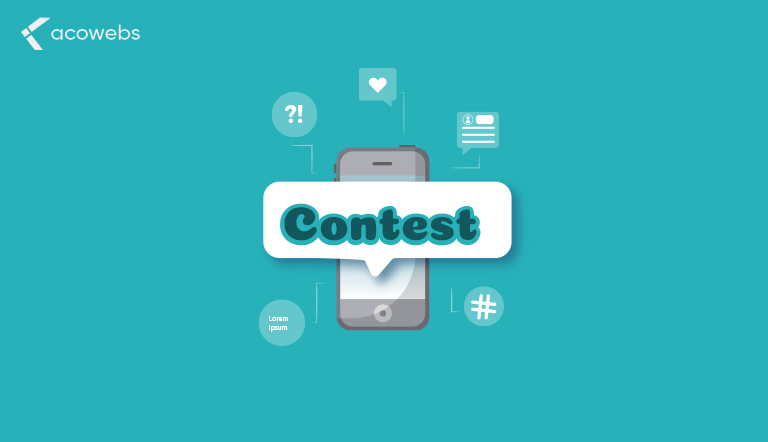
Incorporating gamification into eCommerce applications attracts a broader audience and ultimately boosts your sales revenue. When you start a game, what’s important is to make sure you tell your customers what they should expect at the end of the game.
Set some challenges for the users but provide them with a clear set of instructions for them to follow. The last thing you want is coming across as ambiguous as this would have the opposite effect of chasing participants away.
You could make your eCommerce website interactive by giving badges and daily bonuses, perhaps to the most active user as a way of motivating them to keep playing more. To boost your presence on social media, you could encourage them to share the game with their friends and receive an incentive per friend who joins the game.
As an example, eCommerce store AliExpress, are a step ahead as far as implementing gaming solutions is concerned. They have created a whole new gaming section with a list of games for the users to play on their application. With the games available, you win coins as you keep on playing which can be translated to things such as coupons. You can play up to ten times a day, providing a good chance for users to win more coins.
Gamification On Ecommerce Website
As a business owner, adding gaming elements to your online store will not only keep you a step ahead of your competitors, it will take customer’s loyalty to the next level and increase engagement. You can launch content on your website to promote your brand where, in exchange for their email or contact information, they are eligible to win a discount coupon or even get a giveaway.
Here are some of the gaming elements you can use on your eCommerce website to help drive traffic and boost sales:
- Spin-to-win – In this game, a customer provides their email address where they will receive a promo code to be amongst the ones who have won playing the game.
- Another effective gaming element is loyalty tiers. Loyalty tiers consist of rewarding your loyal customers who make repeat purchases. The more your customers spend, the bigger the loyalty they are likely to receive.
- Quizzes – Brands such as Fabletics have implemented quizzes on their website as part of a strategy to get more engagement. This element helps collect data and useful information about your customers that could be helpful to offer your clients more personalized products.
ALSO READ: Use Of Discount Pricing Strategies To Make Sales
Gamification In Social Media Marketing
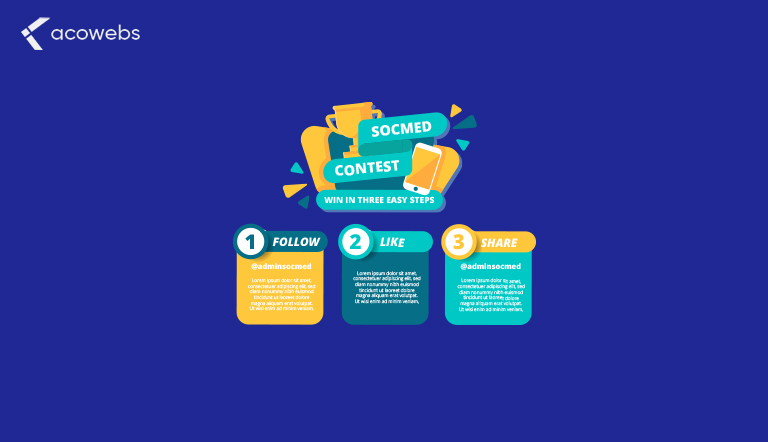
As part of your social media marketing strategy, incorporating gamification has proven to be highly effective to help increase audience engagement on social media.
Contrary to other tactics like creating images and posts to show your creativity, gamification offers business owners a chance to showcase their creativity. And how creative you can get could have a more positive effect on your audience.
Here are three ways you can get creative with gamification:
Set Rewards aka Reward Triggers
No matter how small rewards are, they are always a great source of motivation for your customers. Though rewards require a bit of financial backing, the results are astonishing. That said, they don’t have to drain your pocket. A reward can be as simple as a small gift.
A good example of a company that leveraged rewards were Uber. When it started giving offers, the company took off quickly and all it had to do was offer free rides to anyone who shared the Uber app with their friends.
Add Time Constraints
While giving rewards and offers is great, the timing of your game is also equally important. The less the time your game will allow the user to spend, the more exciting it can get. Add time constraints on your gamification to increase urgency.
Set Up Multiplayer Competitions
Competitions are always exciting and fun for most of us. Setting up healthy competitions could spur interest and increase the engagement of your audience.
Such competitions also allow people to be promoters of your brand as they will probably invite their friends and peers to participate. Think of point tracker systems like Garmin and FitBit. With every attempt, the point tracker system motivates users to perform better to outrun their competition.
ALSO READ: Top 50 Most Powerful Words
Conclusion
As a marketer, exploring new avenues to boost your sales should come naturally. And while there are other marketing strategies marketers use to increase engagement and drive traffic, gamification is one that might be underrated, yet when done right, it could take your business to the next level.
Whether you have mobile applications, eCommerce stores or you use social media for your campaigns, that should guide you on how you can leverage gamification to boost your sales and increase engagement with your audience.
Acowebs are developers of WooCommerce Discount Rules that will help you add bulk discounts to products on your stores. It also developed the plugin for adding various extra product fields which is called WooCommerce product addons, that are lightweight and fast. You can easily update your store with these add-ons and enjoy a hassle-free experience, check out the best options for additional WooCommerce product options.












 Login
Login
 Cart
Cart






